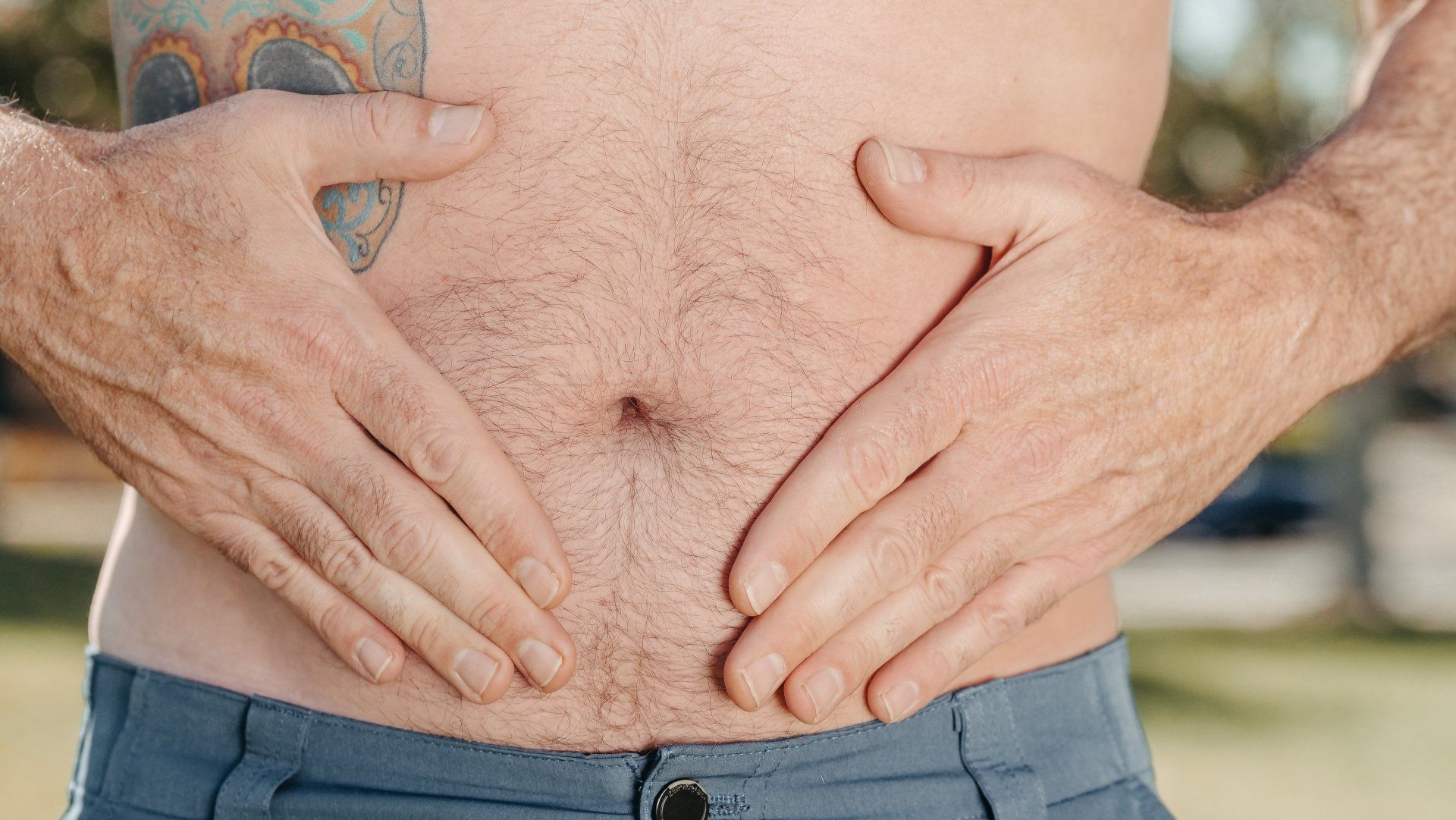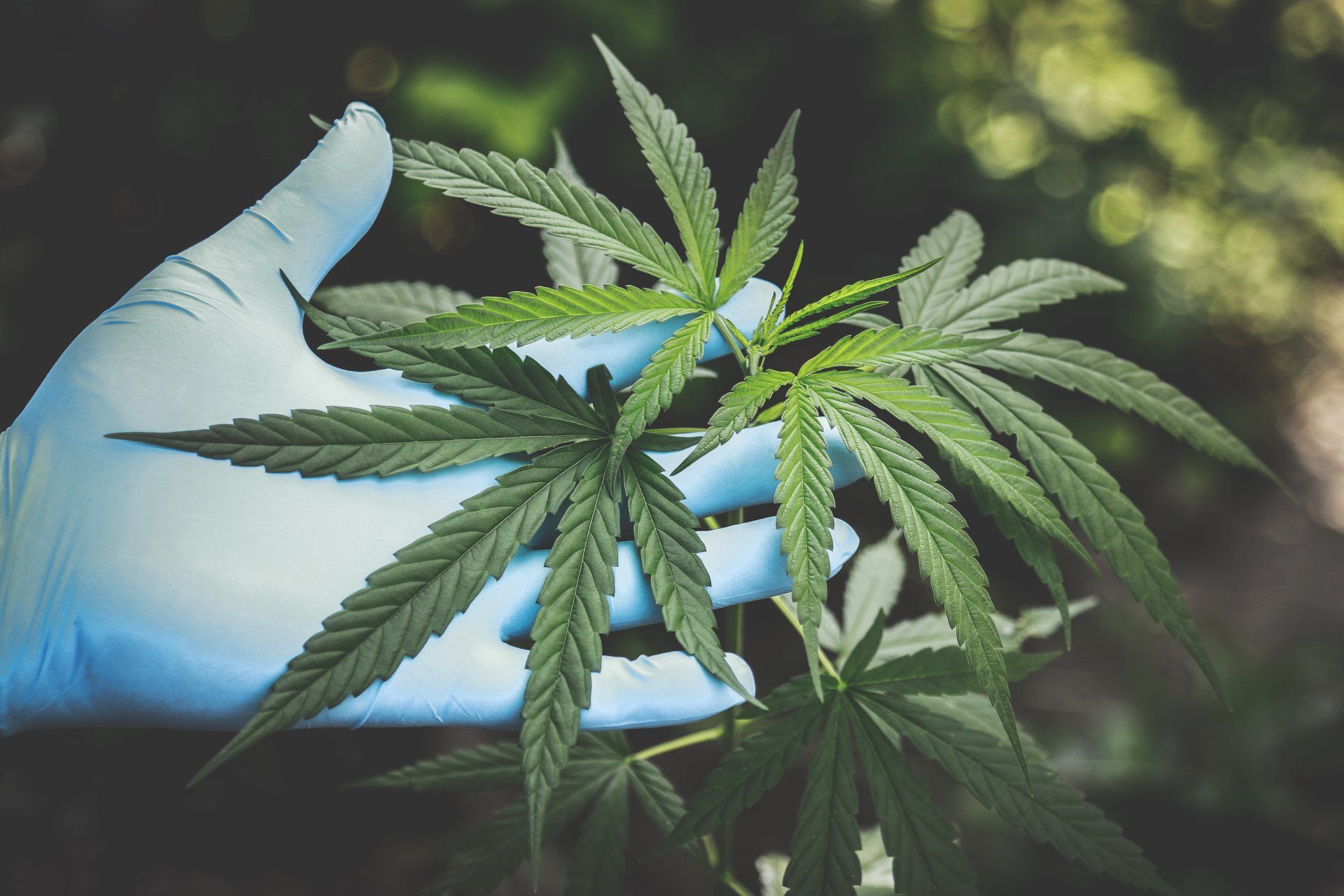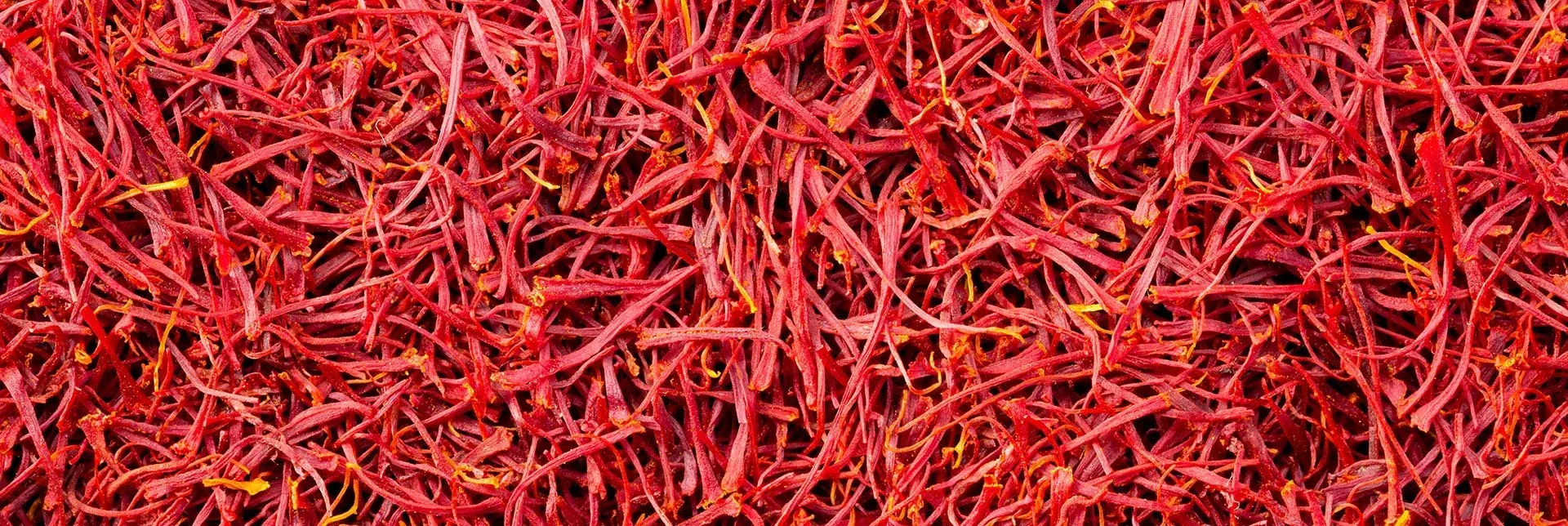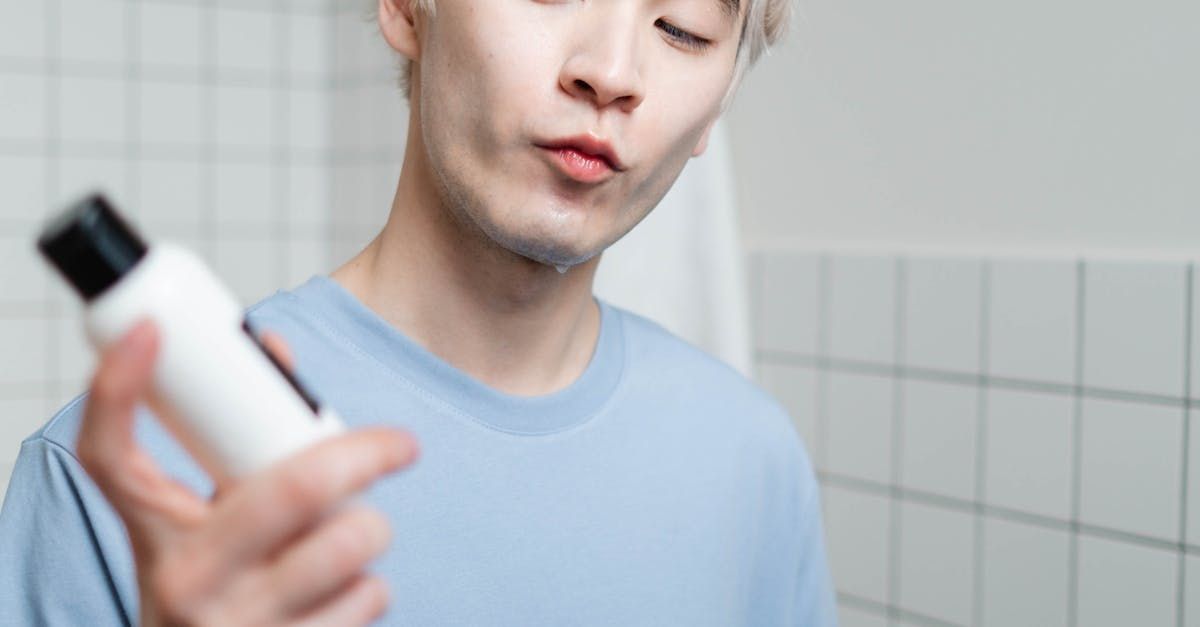HEALTH
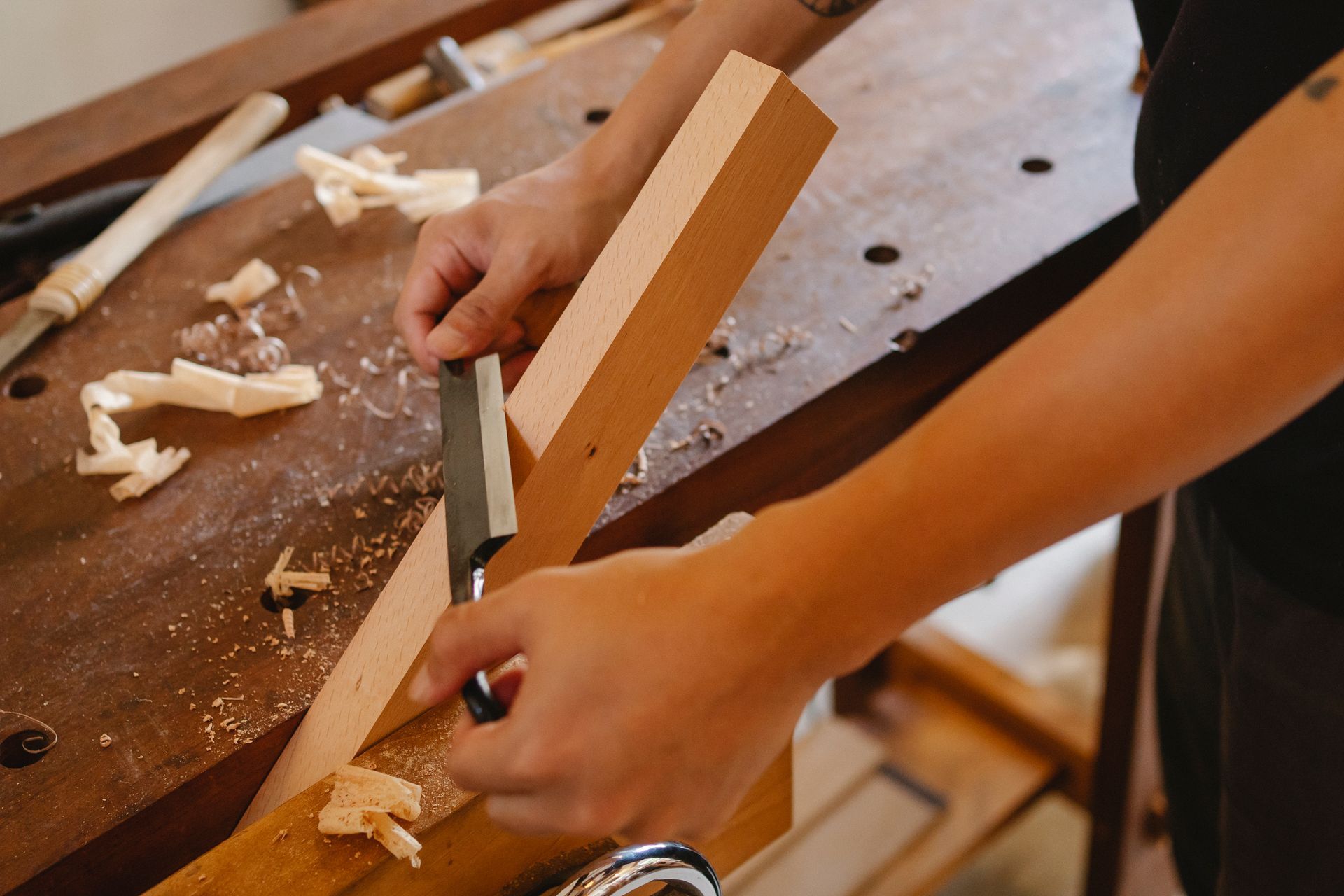
Debunking the Hydrogen Peroxide and Neosporin Myth We all grew up "knowing" that we should use hydrogen peroxide on a cut and wait until it bubbles because that's an indication that it's working. Then, we should put Neosporin on to prevent bacterial infections. However, all of that is a myth. Hydrogen peroxide is a powerful antiseptic, but it can also be harmful to the tissue around a wound. It can actually damage the cells and slow down the healing process. Neosporin, on the other hand, is an antibiotic ointment that can help to prevent infection, but it is not necessary for minor cuts and scrapes. So, hydrogen peroxide on a cut or wound followed by neosporin? A myth that has been perpetuated for many years with absolutely no scientific evidence to support it. Here are some research studies that show us why these two medications don't work: "The Effects of Hydrogen Peroxide on Wound Healing" (2002) by J.M. McGinley, et al., published in the Journal of the American College of Surgeons "Hydrogen Peroxide Inhibits Wound Healing" (2004) by M.A. Sarkar, et al., published in the Journal of Plastic, Reconstructive & Aesthetic Surgery "The Use of Antibiotic Ointments on Superficial Cuts and Abrasions" (2005) by J.A. Roberts, et al., published in the Cochrane Database of Systematic Reviews "The Use of Hydrogen Peroxide in Wound Care: A Systematic Review and Meta-Analysis" (2015) by J.A. Roberts, et al., published in the Journal of the American Academy of Dermatology "The Effect of Topical Antibiotics on the Healing of Superficial Cuts and Abrasions: A Meta-Analysis" (2016) by J.M. McGinley, et al., published in the British Journal of Dermatology "The Role of Topical Antibiotics in the Prevention of Infection in Minor Wounds: A Cochrane Review" (2017) by J.A. Roberts, et al., published in the Cochrane Database of Systematic Reviews These studies all found that hydrogen peroxide and topical antibiotics are not effective in preventing infection in minor cuts and scrapes. In fact, some studies even found that these products can actually harm the healing process. The best way to clean a minor cut or scrape An anti-bacterial soap and water. Be sure to rinse the wound thoroughly for at least 5 minutes. THAT'S IT. Nothing else. Should You Let The Cut Or Wound "Breathe" or Keep It Bandaged? It is best to keep a minor cut or wound covered for the first 24 hours to help prevent infection. After that, you can let the wound breathe by covering it with a clean bandage or gauze that is not too tight. It is important to keep the wound clean and dry to help it heal properly. Here are some research studies that support this advice: "The Effects of Covering and Uncovering on the Healing of Superficial Wounds" (2003) by J.M. McGinley, et al., published in the Journal of the American College of Surgeons "The Effect of Wound Covering on the Healing of Superficial Cuts and Abrasions" (2004) by M.A. Sarkar, et al., published in the Journal of Plastic, Reconstructive & Aesthetic Surgery "The Role of Covering in the Prevention of Infection in Minor Wounds: A Cochrane Review" (2007) by J.A. Roberts, et al., published in the Cochrane Database of Systematic Reviews These studies all found that covering minor cuts and scrapes for the first 24 hours helps to prevent infection and promote healing. After 24 hours, you can let the wound breathe by covering it with a clean bandage or gauze that is not too tight. It is important to keep the wound clean and dry to help it heal properly. Here are some additional tips for wound care: Wash your hands with soap and water before and after touching the wound. Use a clean bandage or gauze to cover the wound. Change the bandage daily. Keep the wound clean and dry. Watch for signs of infection, such as redness, swelling, pain, or warmth around the wound. If you have any questions about wound care, please consult your doctor.



